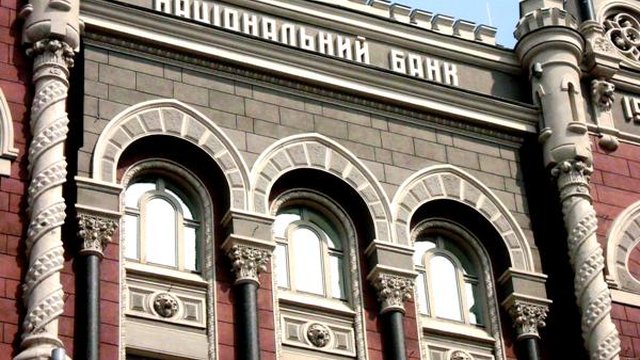Six out of 10 of NBU MPC members advocate cutting refinancing rate by 2 pp instead of 2.5 pp

Six out of 10 members of the Monetary Policy Committee (MPC) of the National Bank of Ukraine (NBU) have advocated cutting the key policy rate by 2 percentage points (pp) instead of 2.5 pp cut, according to the results of a meeting of the NBU MPC held on January 29.
According to the minutes of the meeting posted on the website of the central bank on Monday, two of the MPC members offered to cut the key policy rate by 2.5 pp, and two more – by 3.5 pp.
A 2 pp cut is a viable option, these six MP members said. Although the NBU expected slower growth in consumer demand, it will continue to grow at a high rate, driven, among other things, by a further increase in wages and the persistent effect of pent-up demand following the 2014–2015 crisis, the six MPC members said. Lowering the key policy rate too aggressively thus risks accelerating inflation in 2021 to a level above the target range. In that case, the NBU will have to suspend its monetary policy easing or even tighten its monetary stance. Such a policy reversal may make it harder for economic agents to understand the NBU's logic and could compromise public confidence in the NBU.
Key risks to the NBU's projections continue to exist, the MPC members added. Those include delays in signing a new cooperation program with the IMF and heightened threats to macrofinancial stability as Ukrainian courts issue rulings. Apart from that, while the spread of the new coronavirus has up thus far fallen short of becoming a major long-term factor affecting Ukraine's macroeconomic and financial stability, it could potentially be one of the risks to the realization of the macroeconomic forecast, the MPC members said. The global spread of the virus may only have a short-lived effect on Ukraine, depressing exports, such as metals, and by temporarily restricting the nation's access to external financing, current estimates say.
A gradual reduction of the key policy rate, these MPC members believe, is also preferable in that it would help introduce households and businesses to a new economic reality in which interest rates on deposits are in single digits. Deep interest rate cuts may slow the inflow of term deposits to the banking system. In contrast, a gradual lowering of the key policy rate will enable the banks to synchronize their interest rate policies with monetary policy changes, and will make it easier for individuals and businesses to make investment decisions.
The reversal in exchange rate developments that took place in late December may worsen inflation expectations, one of the MPC members said. Although inflation expectations declined significantly in 2019, they are still anchored rather weakly and are sensitive to exchange rate changes. This is especially true for households. A weaker hryvnia could prevent inflation expectations from further approaching the NBU's inflation target and may even reverse the trend. A worsening of inflation expectations may, in turn, increase inflationary pressures.
Two MPC members advocated a cut in the key policy rate by 2.5 pp, to 11.0%. Given that inflationary pressures have eased substantially, the NBU should make a deeper key policy rate cut, the two MPC members said. In January, the hryvnia's volatility did not breach acceptable bounds, meaning that its impact on inflation expectations will be limited, these MPC members said. In addition, a more radical cut to the key policy rate poses no significant risks to the banks' deposit inflows, as the transmission of key policy rate changes to the banks' interest rates occurs with a lag. As with FX deposits, hryvnia deposits would continue to be an attractive financial instrument even if interest rates on these deposits were to be reduced. With inflation at a sufficiently low level, hryvnia deposits will yield a higher real return than FX deposits.
Two MPC members suggested cutting the key policy rate by 3.50 pp, to 10%. The delayed effect of several factors has created substantial risks of inflation falling below the projected trajectory, these MPC members said. The main factor is the decision to revise administered prices and tariffs in light of the relatively low cost of natural gas. Certain antitrust measures will also restrain inflation. Consumer prices will continue to reflect these factors, enabling the NBU to take decisive steps to ease its monetary policy, the two MPC members said.
Most MPC members approved the new projected trajectory of the key policy rate, which the updated forecast says will decline to 7% in late 2020 and remain close to this level in the years ahead, provided that inflation stabilizes in the target range.
Some MPC members said further cuts to the key policy rate should be smaller. Continuing to actively reduce the key policy rate may dampen nonresidents' appetite for hryvnia assets, these MPC members believe. This will trigger depreciation pressure on the hryvnia, worsening inflation expectations.
Deep key policy rate cuts may weaken households' propensity to save, one of the MPC members suggested. As rates on term deposits approach single digits, households may have fewer incentives to make bank deposits.
As reported, the NBU cut its key policy rate from 13.5% to 11% per annum from January 31.







